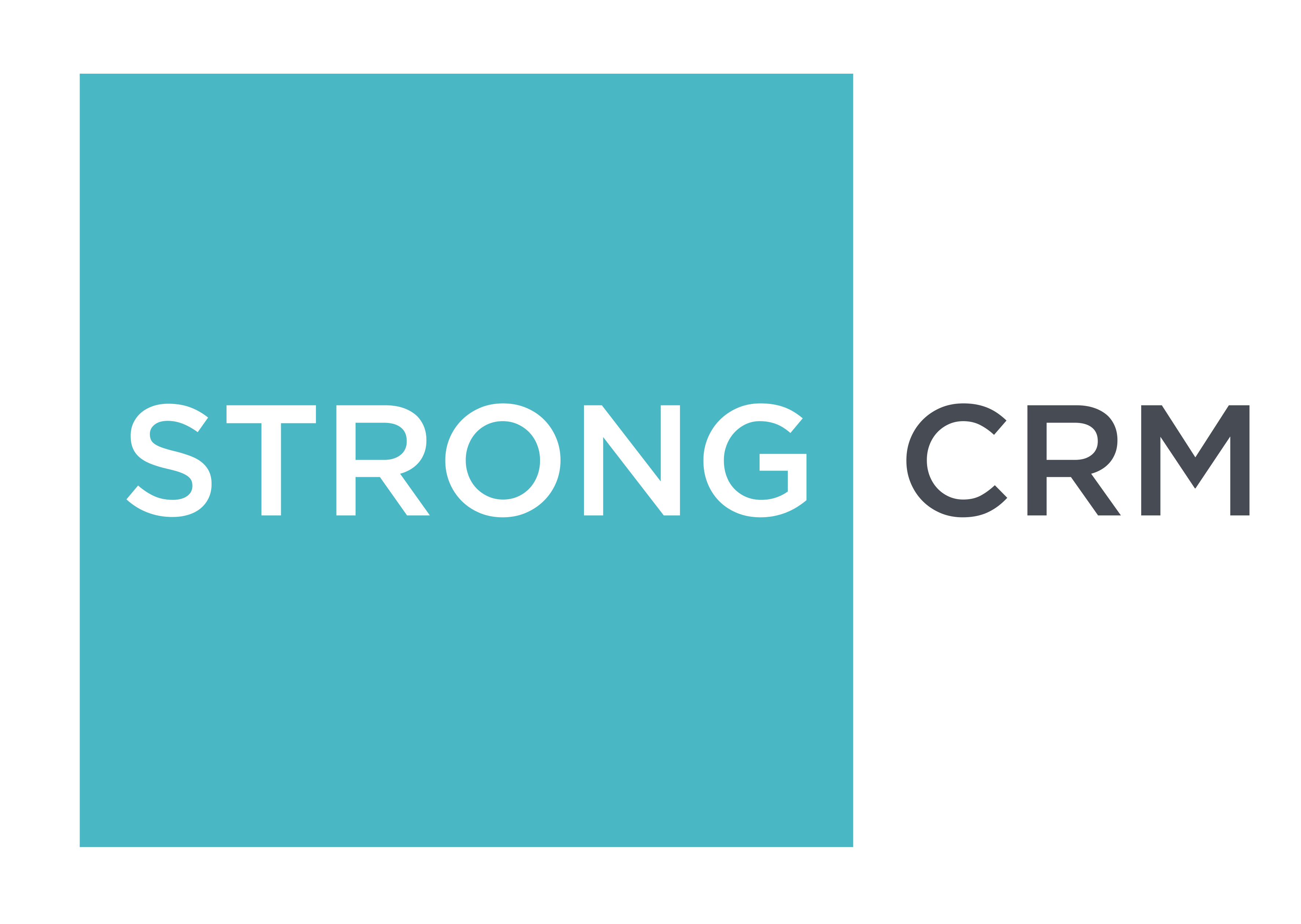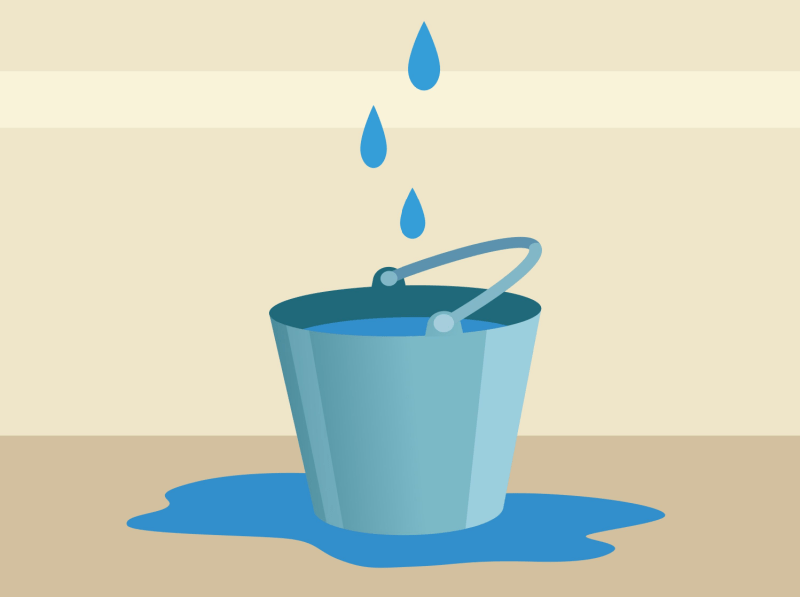As a Salesforce Managed Services provider and RevOps Consultant, we work with a variety of companies to help them optimize their sales cycle and maximize their revenue growth. The reality as we see it, is that most companies have sales inefficiencies that are short-changing their pipelines and losing them revenue. While we won’t diminish the value of a good consultancy, you can start fixing these problems yourself right away. Here are the 5 biggest reasons for revenue leakage we see folks experience, and how to solve them.
1. Inefficient Web-to-Lead-to Call Process
To effectively capture the moment, you should call leads within 5 business minutes of raising their hand on your website. Getting a lead on the phone right away allows you to take advantage of anchoring bias. However, we see significant pipeline loss because, after filling out a form online, the lead does not make its way through the myriad of systems to get to the sales team immediately. Whether it’s an inefficient lead process, or lack of urgency on the sales team to immediately follow-up, this is a major cause of revenue leakage for most orgs we have worked with. We’ve even built a white paper about this very topic – You can download the whitepaper for a more robust explanation and implementation plan, but the gist is this:
- When a lead is ready for contact from the Sales Rep, an email or slack notification alerts the sales rep to pick up the lead and start contacting immediately. The exact handoff date and time is recorded in the new lead time.
- The sales rep must contact the lead with a minimum of 3 phone calls, 4 emails, and 2 LinkedIn messages, while chronicling the exact date and time of the first reachout (ideally within the first 5 minutes of the lead being assigned to the rep).
- Upon making contact with the lead, the sales rep schedules the next meeting before getting off the phone.
Of course, in order for this process to work, a lead needs to make its way from the website to your marketing automation, and finally to your CRM before it can be routed to a sales rep. This requires some integration setup which we will explain further in the next section. The goal of the Web-to-Lead-to-Call process is to align marketing and sales to coordinate the handoff of leads for immediate follow-up to give your team the best chance of closing. Timestamping every step along the way is critical so the process can be reviewed and further optimized. Improving this process will work wonders for your entire pipeline, but especially pipeline generation. We have seen the results – we’re talking 40% increase in pipeline after this is instituted.
2. Poor Marketing Automation and CRM Integration
Marketing Automation is awesome for developing leads over time. However, a lot of Marketing Automation practices are outdated and cause significant pipeline slowdowns.
When Marketing Automation tools like Marketo, Hubspot, Pardot, etc. were new – the space was unsaturated. A lead could hit a score of 50 and at that point was ready to talk to sales. This is not the case anymore. As leads are nurtured, they should be on their way to a conversation with Sales, but might not be immediately ready for an opportunity.
This has created a much more complex flow when it comes to lead pipelines and presents the opportunity for revenue leakage. In the old model, a lead was “owned” by the Marketing Automation system until that handy lead score reached a certain number (usually 50 points) and then it was created in the CRM and ownership was passed over to sales. We still follow this practice today often, even though we have massive Outbound Sales teams that are also reaching out to the same leads at the same time as Marketing.
Therefore, we’ve become big believers in creating a 1:1 relationship between Marketing Automation and your CRM. If a contact exists in Hubspot, it exists in Salesforce. If a contact exists in Salesforce, it exists in Marketo. Full stop. This way there’s no efficiency loss or crossed wires from Marketing & Sales reaching out to the same lead at the same time. More importantly though, it allows Sales to take actions based on responses to marketing content and vice versa.
3. Loose Renewal Tracking
For all of its ubiquity in the world of recurring revenue, Salesforce actually is set up quite poorly out of the box to track just that – recurring revenue. Have you ever tried (and failed) to create a report that easily shows current ARR/MRR inside of Salesforce? Then show it to Finance…annnd it’s wrong. This is because ARR is actually hard to track – it changes daily, and is well…recurring.
But the big problem with ARR is when it comes up for renewal. So often we see companies tracking the initial sale (yay!) inside the opportunity, but then completely forgoing renewals. “Our churn is low, we’re fine” they say – but if they’re not tracking renewals, we’re unsure how they know this.
Further, connecting the contract renewal date with any product information (if you sell a product) or delivery information (if you sell a service) is vital to understanding your renewals at scale. This is how you do a regression analysis on churn. Your churn can always be lower, but you can’t scientifically lower it without understanding why customers don’t renew.
Building a complete suite of renewal tracking tools within your CRM is vital to heading off this massive revenue leakage. Even 8% churn per year can be massive lost revenue over time. Investing time and, frankly, money into a tight system within Salesforce to track renewals and ingest customer platform or service data is worth its weight in gold. This is how you will be able to track even the slightest changes in ARR – i.e. a revenue churn on a customer that does renew, but downgrades.
Even a simple renewal system that automatically creates the renewal opportunity, connects the original opportunity to the renewal opportunity, and then totals up the ARR up for renewal can significantly increase your team’s ability to track, manage, and close renewals – making your company a lot more money.
4. Support & Sales are not Linked
Satisfied customers pay their invoices. Satisfied customers also renew and upgrade, and that can all be supported with an excellent and efficient support team.
You heard us right – support teams are a big source of revenue leakage.
A client of ours does a significant amount of support at the core of their business. They found that they were receiving continued requests from churned customers about their discontinued service but had no way to reactivate those customers on the support side. They were losing revenue due to lack of training and support CRM integration.
It is possible to turn your support team into a revenue generator, but the only way you can achieve this is with:
- Excellent training for your support team
- Positive support experiences/high CSAT
- Integration between your service system and your CRM
The biggest thing here is to streamline your support system and integrate it into your CRM. Support and CRM integration allows for better coordination and synchronization with your sales teams, faster support follow-up and happier customers. Tight integration with your CRM enables the support team to quickly engage a salesperson and vice versa if an opportunity presents itself.
Support platforms like Salesforce Service Cloud allow for automation that tracks support tickets and forwards support and sales questions to the appropriate team for immediate follow-up to ensure your customers are being helped the right way when they need it. Support quality can also be an excellent differentiator in a competitive space to keep your customers loyal.
5. Lackluster pipeline review
Our last reason for revenue leakage is also typically the easiest to fix. Simple fix is a weekly meeting. Slightly more complex (but still really simple) is the weekly meeting in conjunction with a reformatted Salesforce Opportunity List View.
Plugging this leak has been instrumental in me 2xing or 3xing revenue. Not kidding.
Stale pipeline is the death of pipeline. If you’re not actively reaching out and pushing deals forward, they will stall. Getting into a weekly rhythm of pipeline review and accountability with your whole team will drastically increase the rate and amount of revenue you’re closing.
The weekly pipeline review is key and it must be done with everyone who is closing deals. VP of Sales is closing deals? Great (well not great, but we’ll get to that later) – do a pipeline review with the CEO. CEO is closing deals? Pipeline review – CEO checks their ego at the door and does a pipeline review with their VP of Sales or some other trusted person. Everyone, and we mean everyone, who is owning deal progress, must have a pipeline review where someone else keeps them accountable to deal progress.
We’ll talk more about the anatomy of a great pipeline review in future posts but here’s the gist of what you want to track:
- What are the next steps that are overdue
- What opportunities haven’t moved stages in 2+ weeks
- What are the potential deal blockers & accelerators
Very little will be about what the reviewer can do to help. Sometimes there’s a meeting here or a well-placed call from the CEO there that will accelerate a deal, but the primary goal of the Pipeline review is for accountability. Moving pipeline forward on a weekly basis is huge.
Oh and that opportunity list view? Set one up that allows for quick review of a Sales Rep’s pipeline and quick editing of each field you want to review. Use that as the agenda for your weekly pipeline review, go down the list, and ask hard questions about each one that stands out in the above three categories.
It will take a few weeks or even months for it to take hold, but you should start to see results soon. Pipeline needs help and constant care. Make sure everyone is accountable for this.
Conclusion
In working with organizations across industries, we have learned a thing or two about revenue leakage and how to fix it. If you have any questions about the topics discussed here, or if you have a question of a different nature, reach out to our team today.

